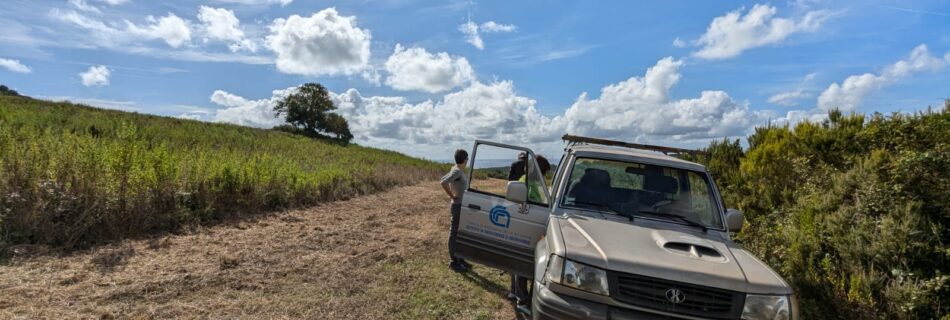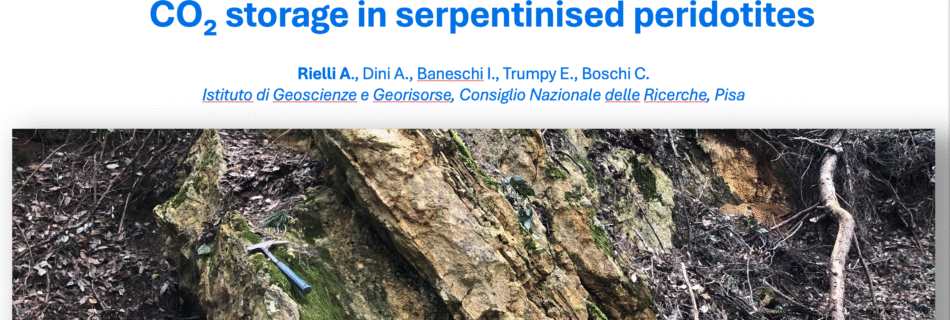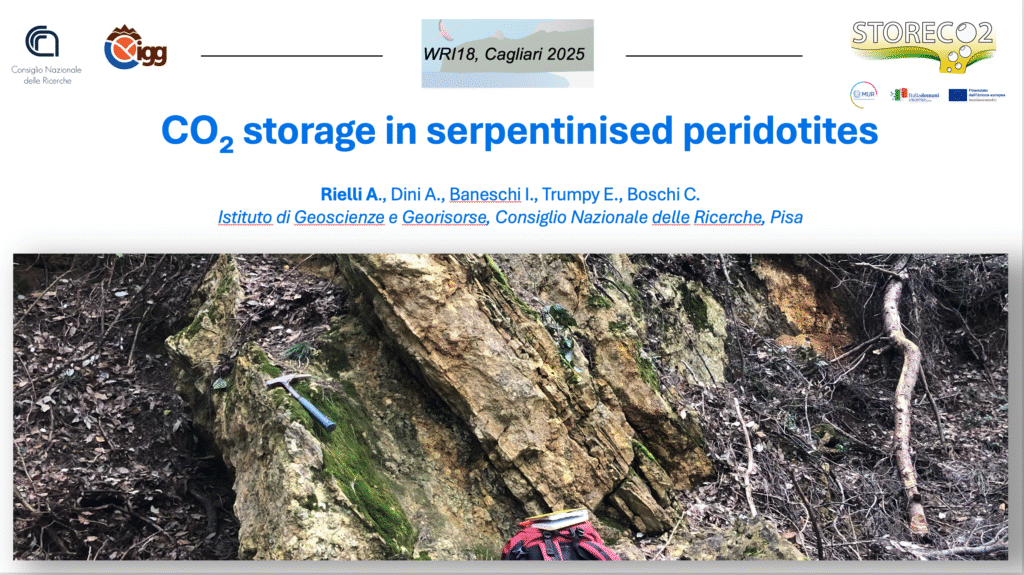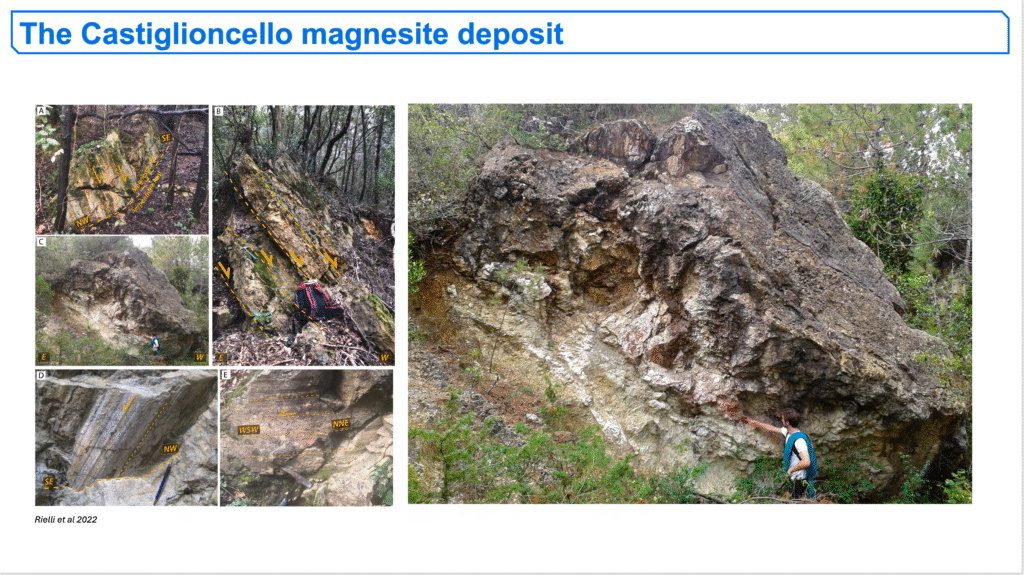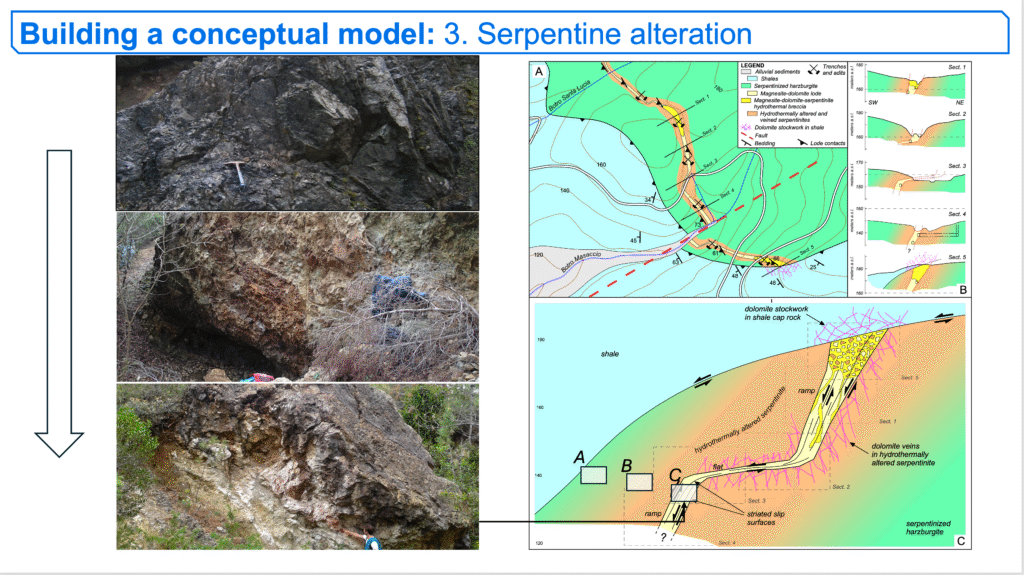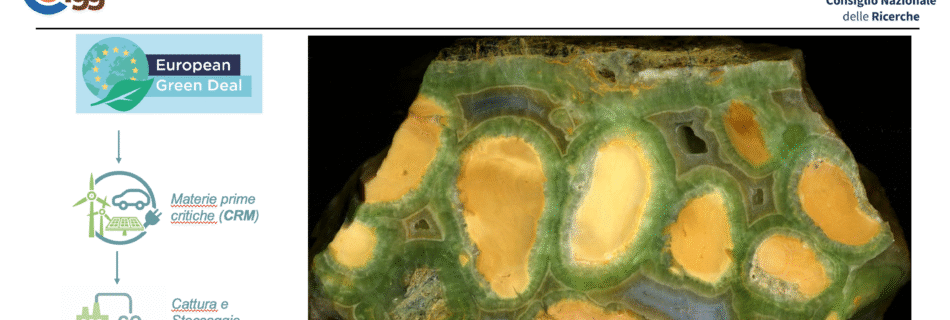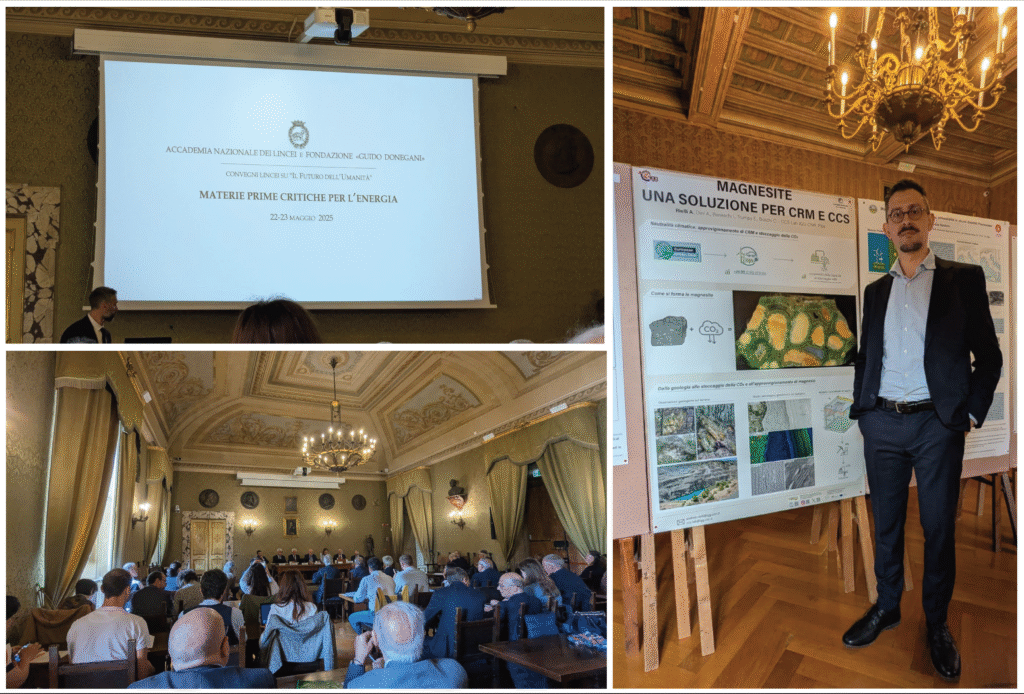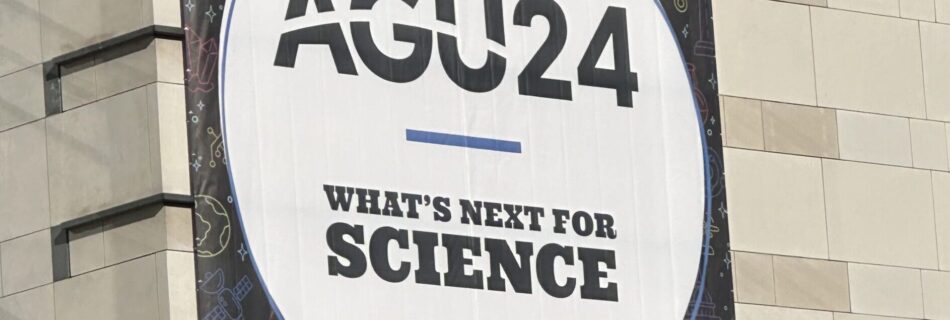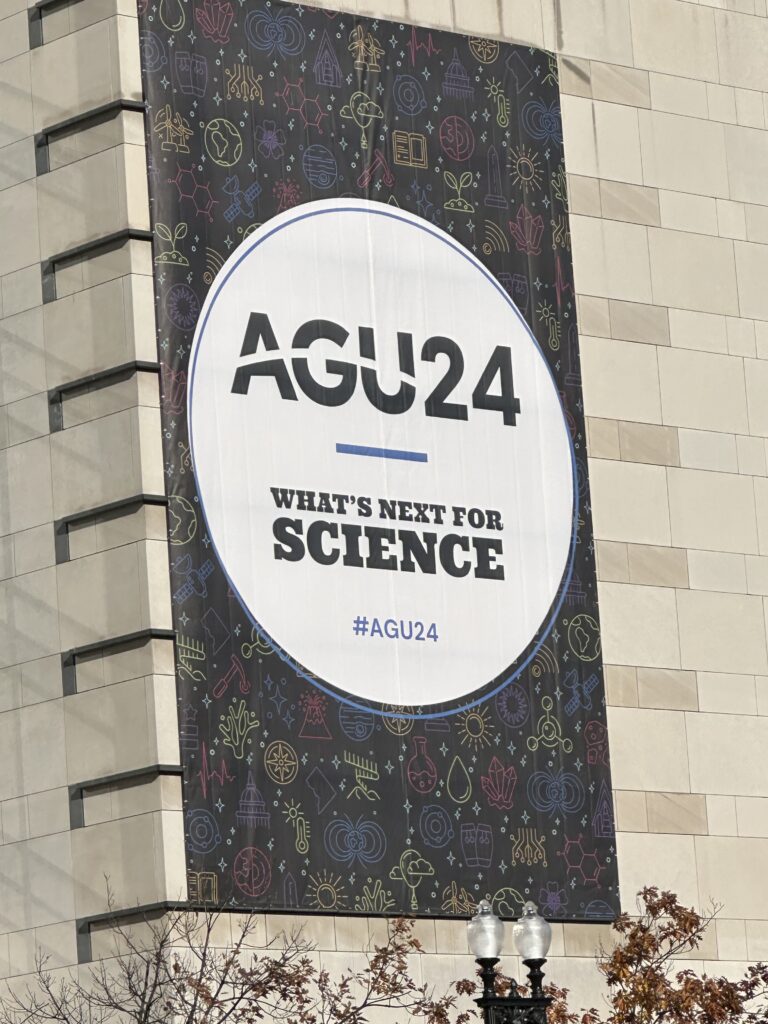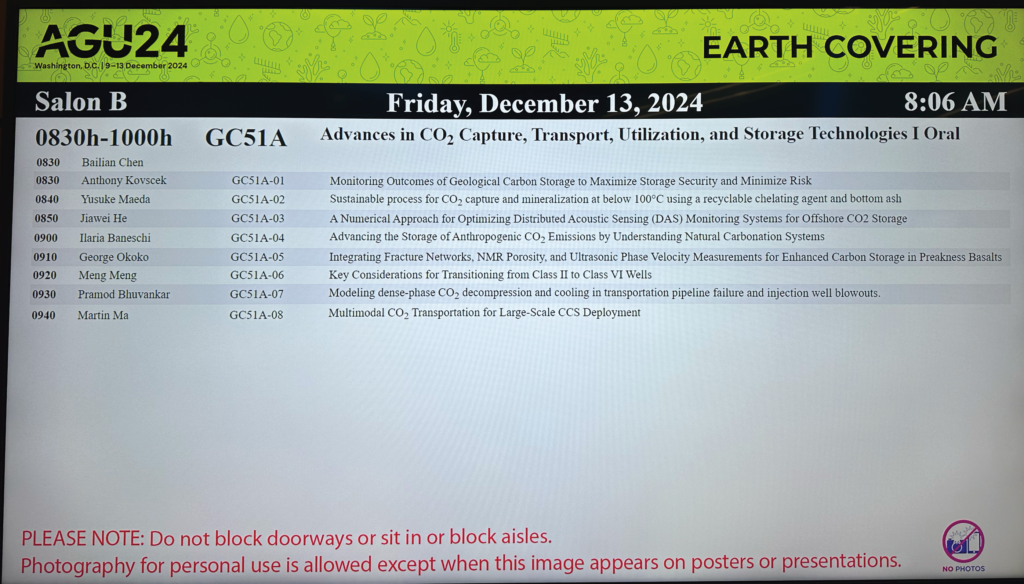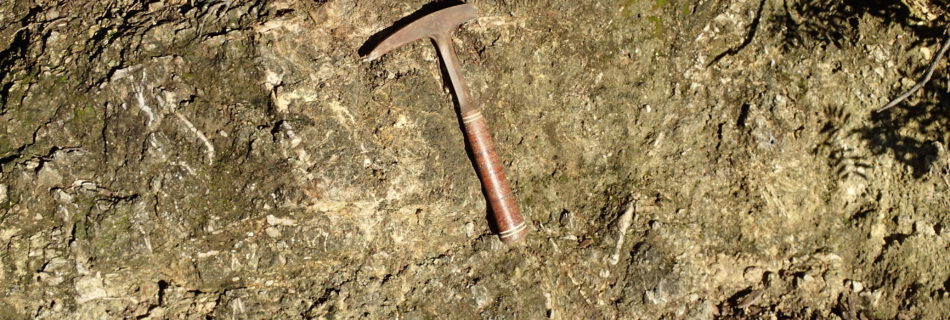The STORECO₂ team is currently carrying out a gas flux and sampling campaign at the Castiglioncello magnesite deposit (Tuscany, Italy)
This video shows how gas samples are collected in the field, and in particular this site represents a unique natural analogue where serpentinite rocks naturally react with CO₂-rich fluids, forming stable carbonate minerals.
Our objective is to better understand the geochemical processes involved in natural CO₂ mineralisation and use this knowledge to develop scalable strategies for safe, permanent carbon storage.
The data collected during this campaign will support the construction of a conceptual model to evaluate the efficiency and long-term potential of mineral carbonation in ultramafic rocks.
Stay tuned for updates as we work toward innovative solutions for climate mitigation through carbon capture and storage (CCS).

